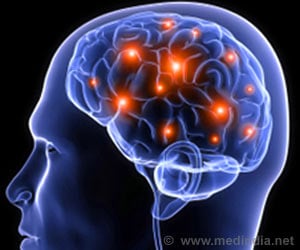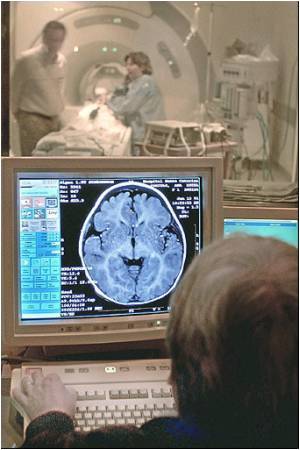A part of the brain’s hippocampus region store information about where and when the specific memories occurred. This was found with the help of an fMRI scanner.

Smart phones were worn around the necks of the participants with an app that took random photos for a month. When the participants later relived the memories associated to those photos in an fMRI scanner, it was found that a part of the brain’s hippocampus region store information about where and when their specific memories occurred.
Further apart the memories occurred in space and time, the farther apart the memories’ representations appeared in the hippocampus, the study showed.
"What we're picking up here is not the whole memory, but the basic gist - the where and when of the experience," said Per Sederberg, senior author of the study and assistant professor of Psychology at Ohio State University.
"We found that the hippocampus represents time and space for at least a month of memories spanning up to 30 kilometers in space," Sederberg said. "It is the first time we've been able to study memories on the scale of our lives," said Sederberg, who led the study with Dylan Nielson, a PhD graduate of Ohio State.
A total of 9 women aged 19-26 years were involved in the study. They wore an Android-based smart phone on a strap around their neck for one month. A custom based life-blogging app was installed in the phone. The app would take photos at random times of the day, recording the time, location, whether the person was moving and other information.
Advertisement
The data of fMRI was compared on pairs of images for each participant by the researchers, including Vishnu Sreekumar of Ohio State. The photo pairs chosen were taken at least 100 meters and 16 hours apart.
Advertisement
The patterns of activity in the left anterior hippocampus were more different for memories of events that happened further apart in time and space, results showed. The study was published in the journal PNAS.
Source-Medindia









